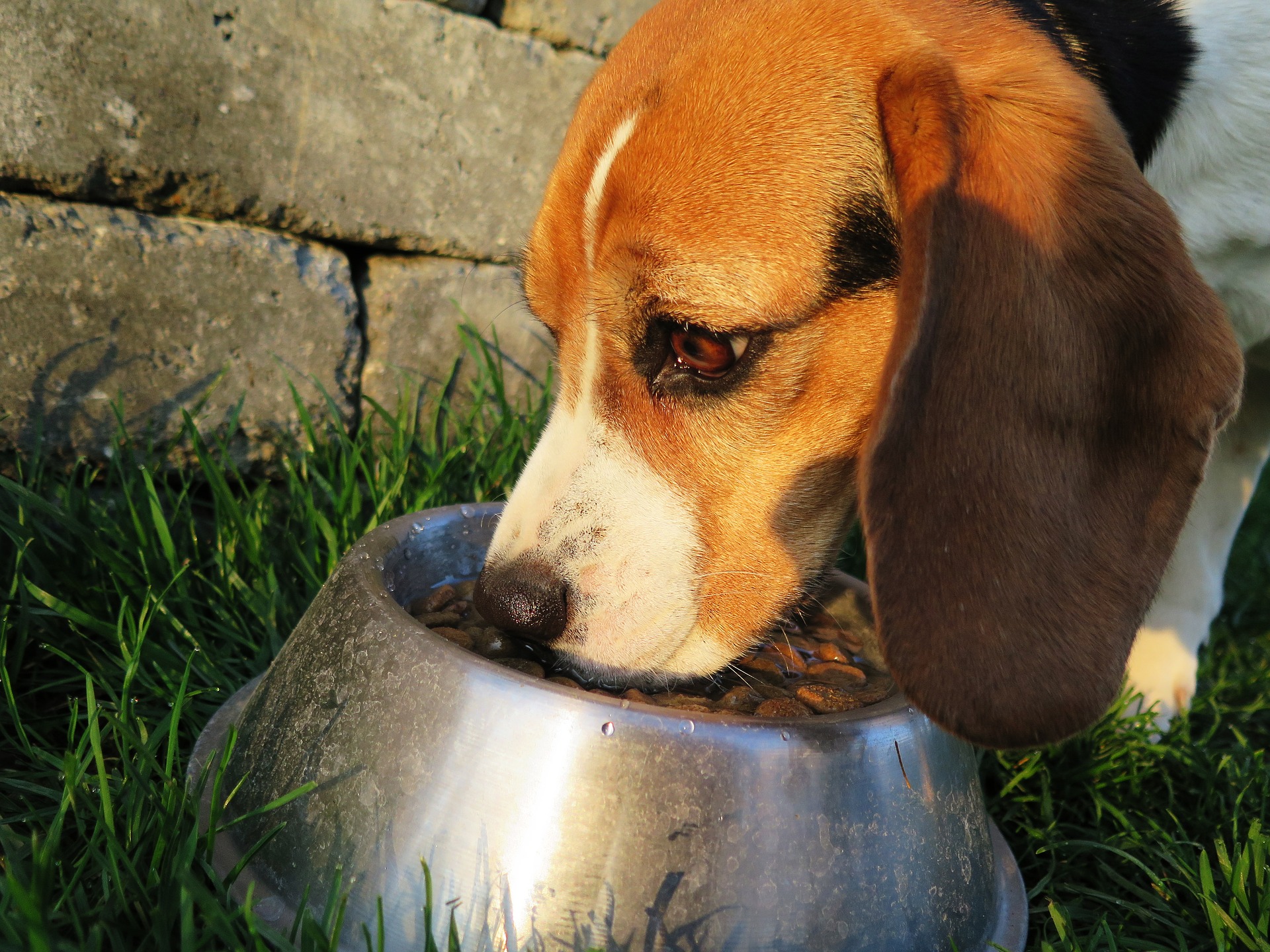It’s common for dogs to be a little over-protective of their bowl or favorite toy. But, behavior like this can sometimes become dangerous if it’s not addressed.
Dogs are funny creatures. When they find something they love, they’ll love it until there’s nothing left to love. And they’ll protect and guard it completely, whether it’s a well-chewed toy, a bowl of food or a prime sleeping spot in front of the heater. Whatever it is, if it has value to the dog they’ll make sure no one else gets it.
Does this sound like your dog?
Just as children need to be taught how to share, sometimes we need to teach our dogs to “let go”.
Why do dogs guard resources?
It’s important to understand that resource guarding (also known as food aggression) is common canine behavior.
It manifests when a dog perceives a threat to their resources (which can be food, treats, toys or even people) and fears they’ll lose what they have. The dog’s reaction to this threat can range from baring teeth to growling and snapping — and is almost always aggressive.
Insecurity is almost always at the root of the problem, and it comes naturally. Resource guarding is a natural trait for survival in the wild. “If you don’t protect your food, someone else will take it.”
The genetic potential to resource guard varies from dog to dog, but it’s just as likely to be a learned behavior.
If the dog has learned through experience that it can lose its precious resources if it doesn’t protect them, this behavior will continue. In addition, if your dog growls and shows aggression to achieve what they want, that will continue as well.
When an aggressive display works for them once, they quickly make the connection between their behavior and the outcome. It’s a very powerful lesson to learn.
As with all behavioral issues, it’s better to start the canine training process early. Helping your dog to create positive associations between you and items of value is important, as is building trust.

Raising a well-adjusted dog means teaching them not only that you’re the bringer of good things but also that, while you may take away their food, toys, or treats, it’s usually only for a little while and they’ll get them back.
Try Swapping Items
There will come a time when you’ll need to take something (such as a toy or a treat) away from your dog. But instead of just taking the item, teach your dog to swap.
Dogs are very smart and won’t be keen on swapping their treasure for just any old thing. For the swap to work, you need to offer something else of equal or higher value.
When starting the swap game, present the higher-value item and allow your dog to take it first, then remove the item they just had.
Make sure to pair the swap with a command, which will help your dog make the association between the command and the behavior.
Conclusion
Ultimately, you need to teach your resource-guarding dog that they have no reason to fear you. They need to learn that you approaching their food bowl isn’t a bad thing and that just because you’ve moved their half-chewed favorite toy off the couch doesn’t mean you’re going to keep it forever.
Establishing that trust, and being consistent with behavior, builds confidence in your dog. And confident dogs have no need to guard resources.
Keep on living life with your best friend!




